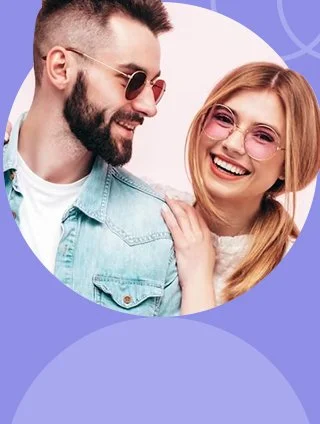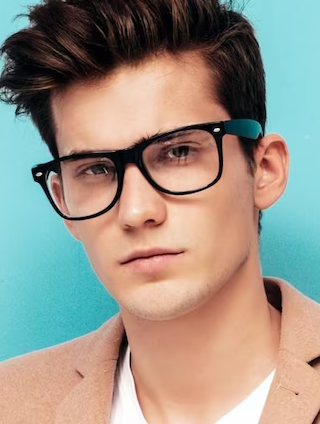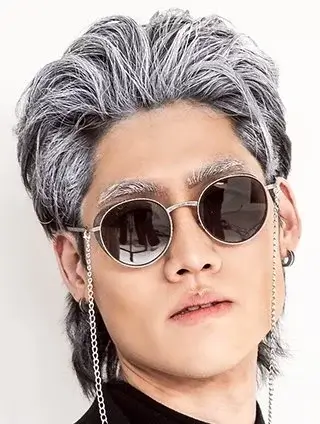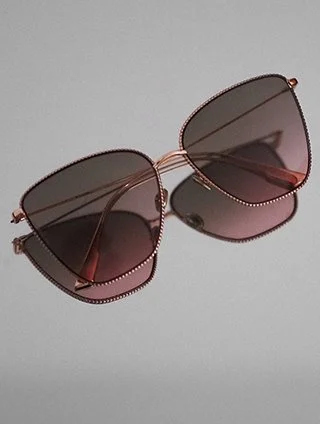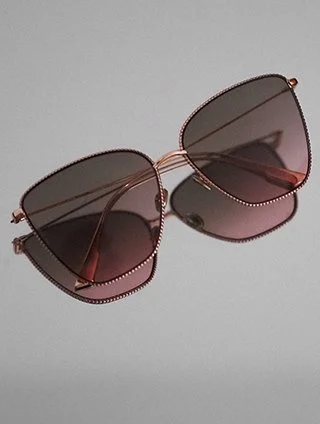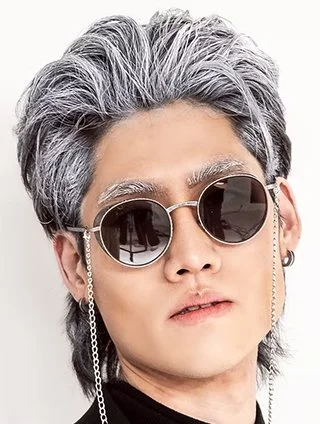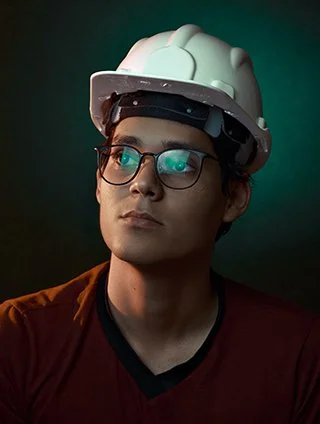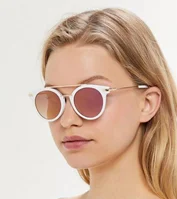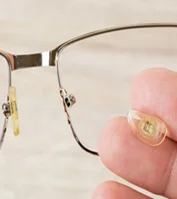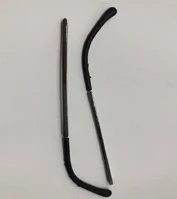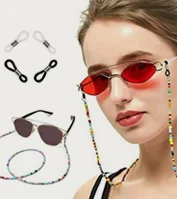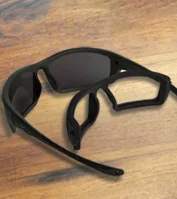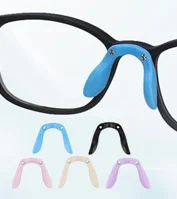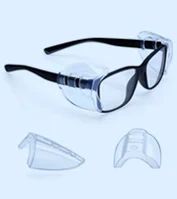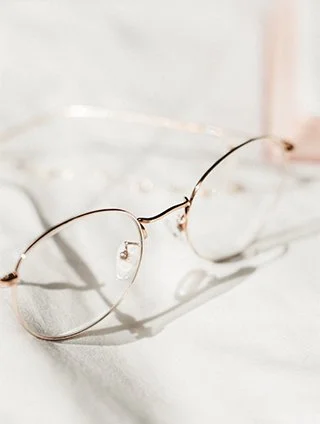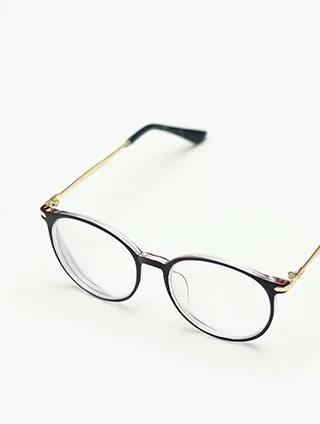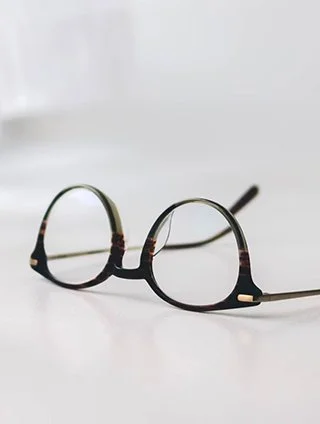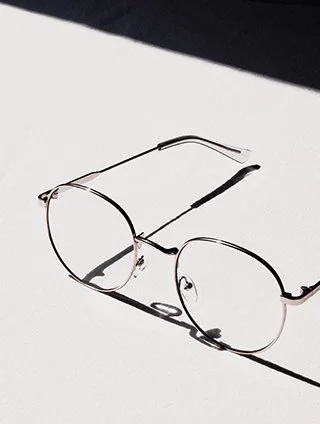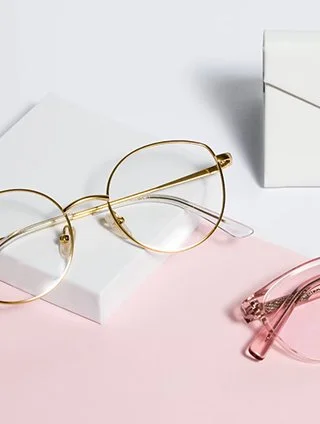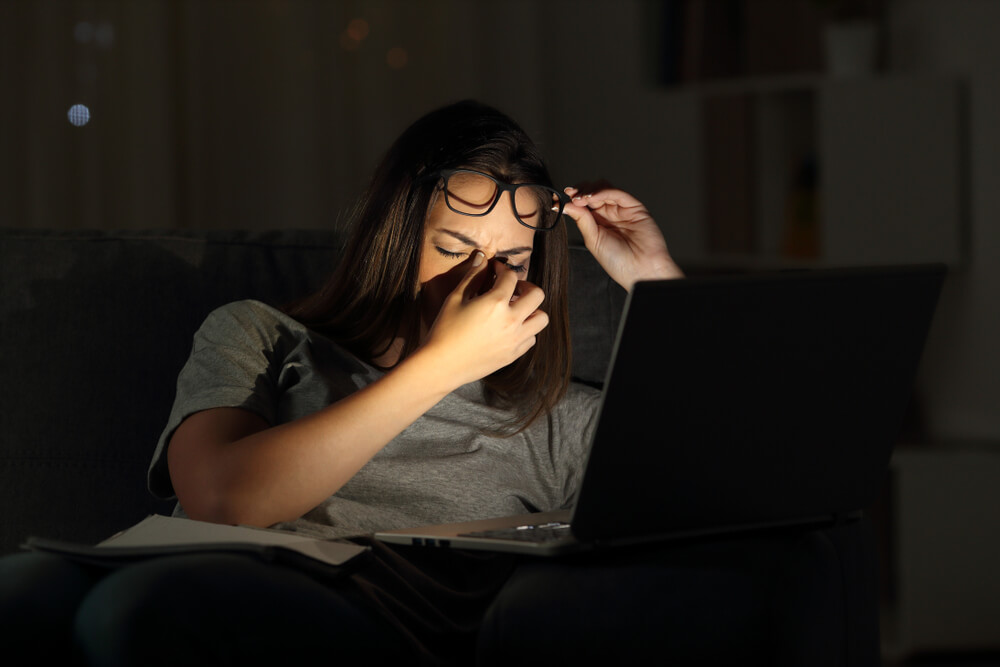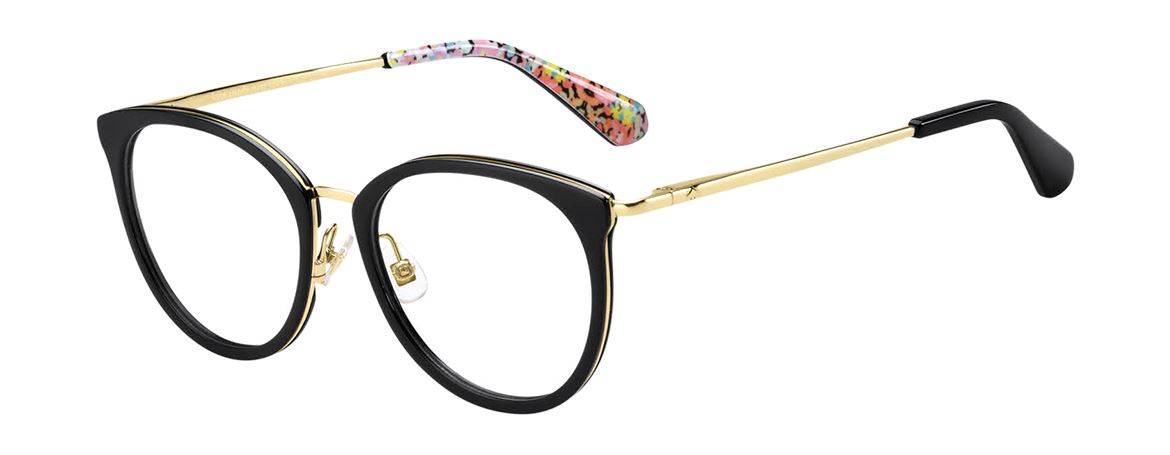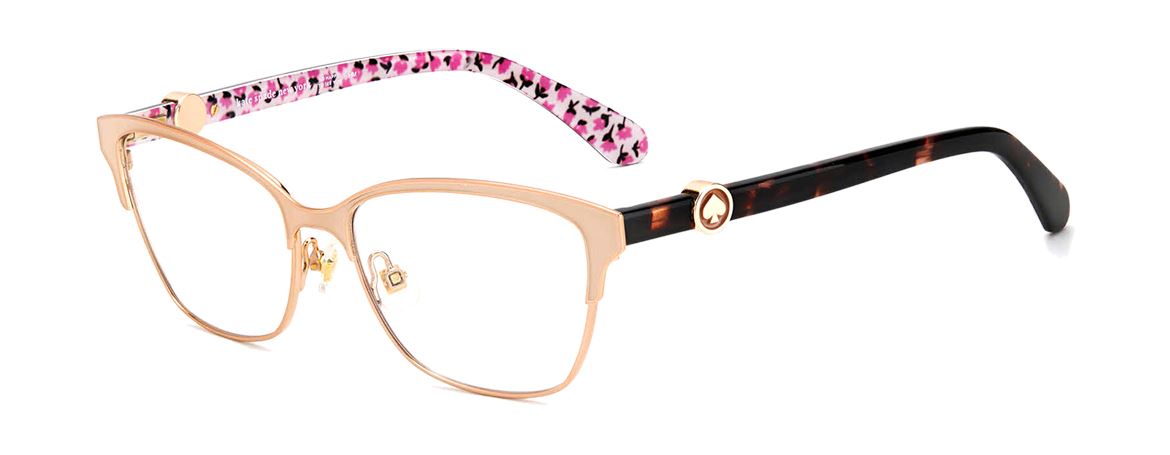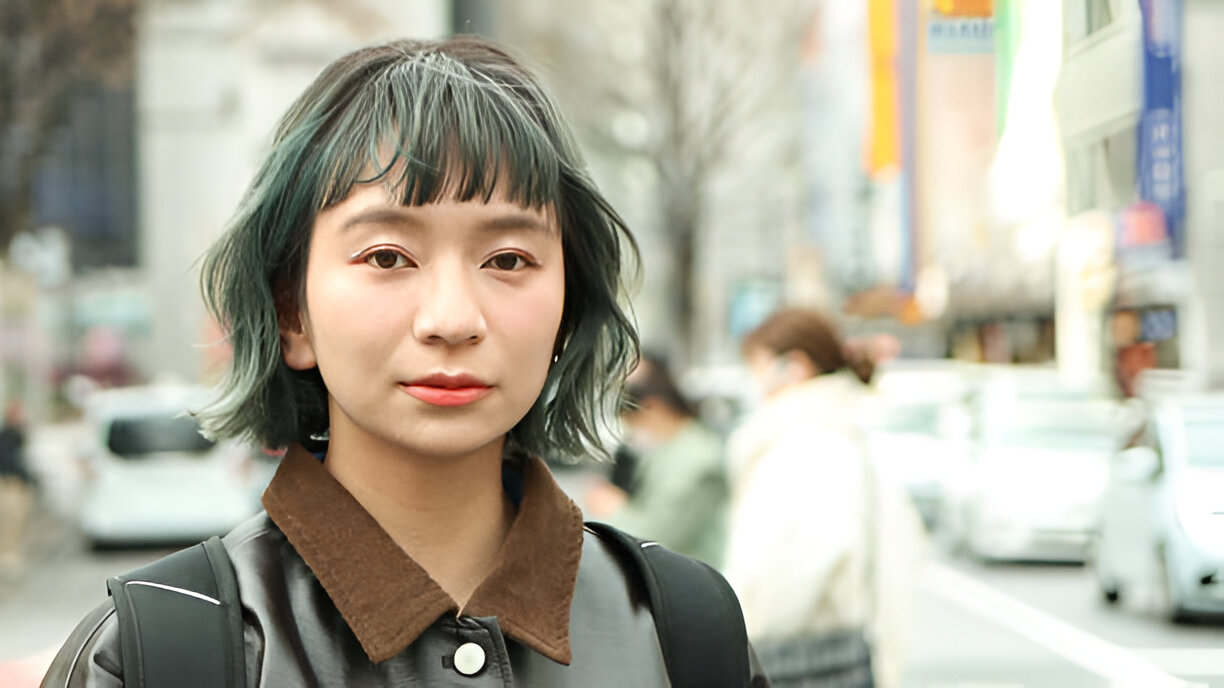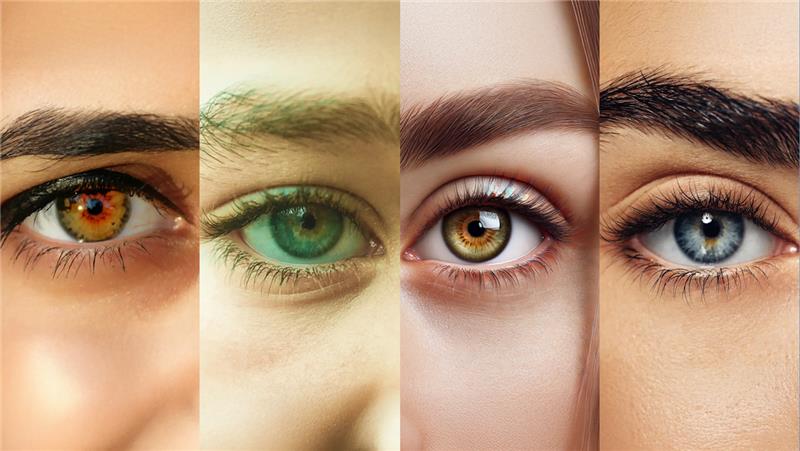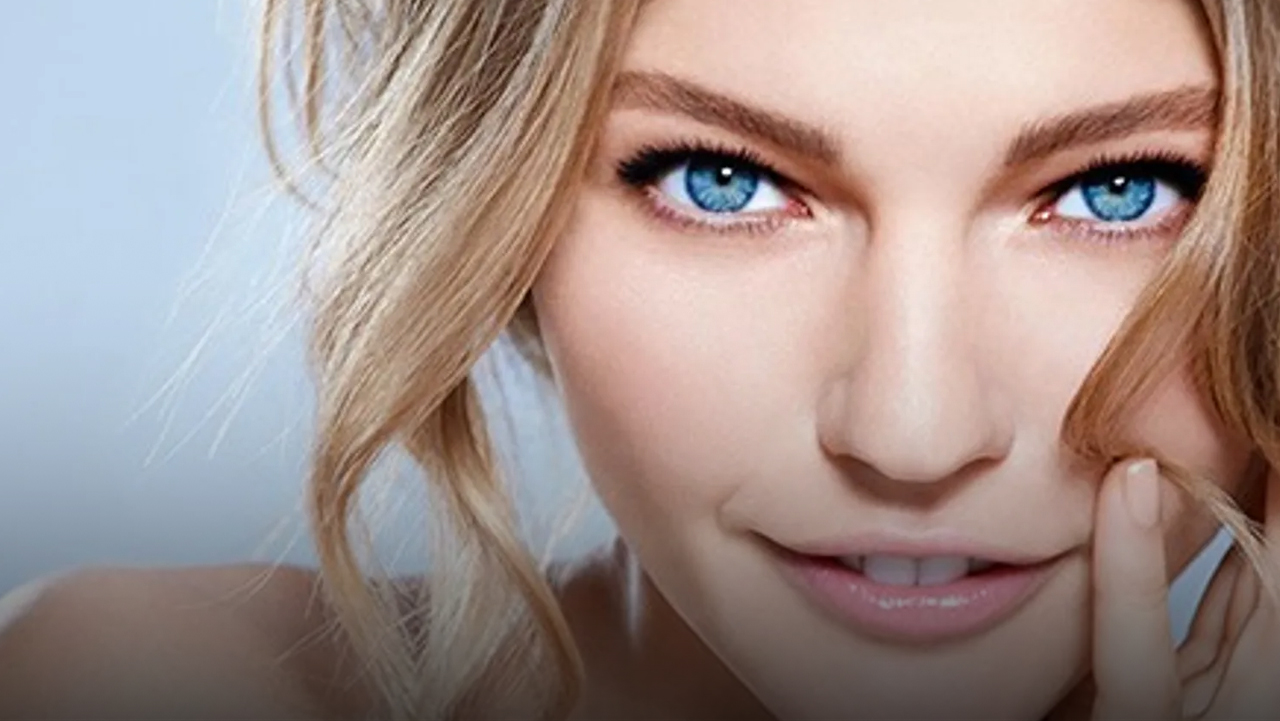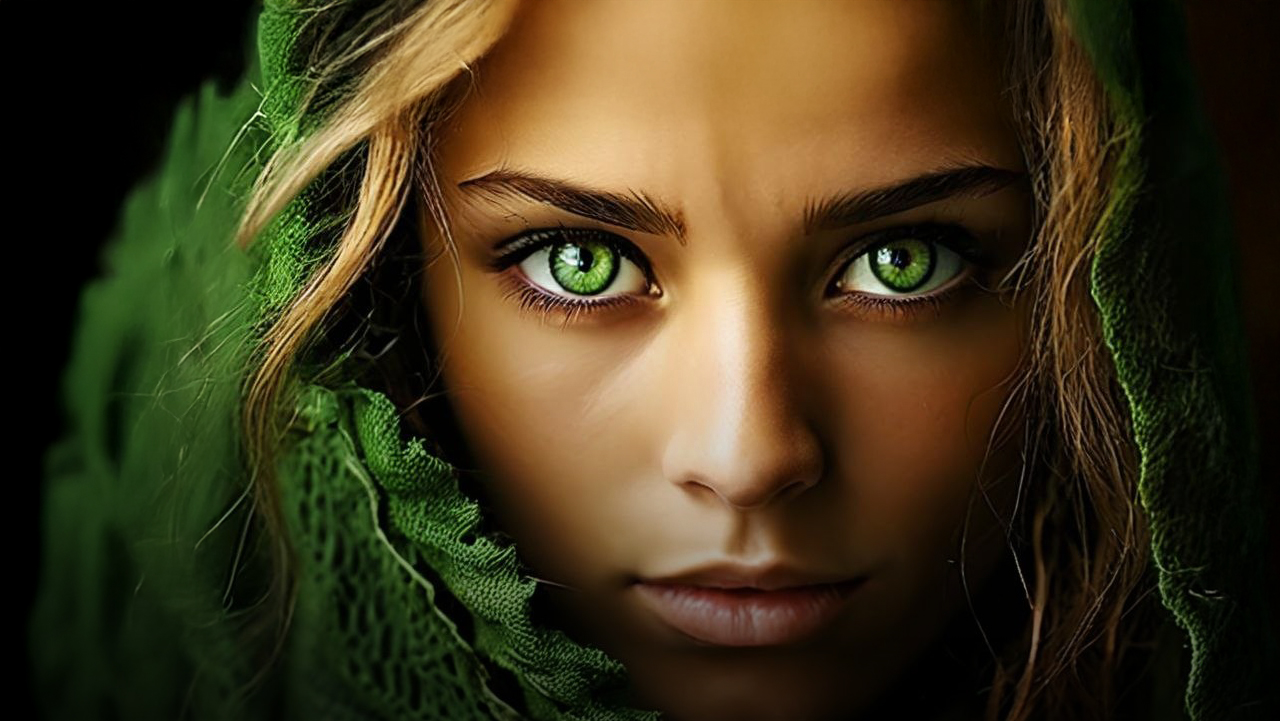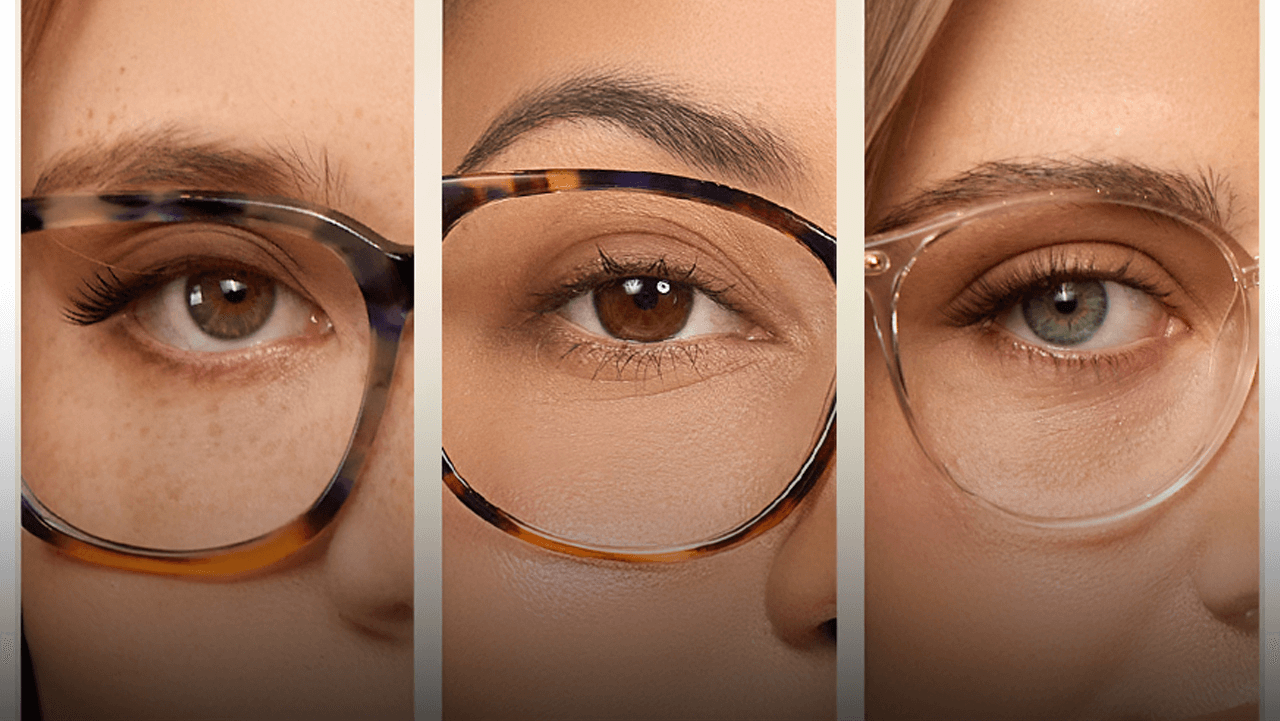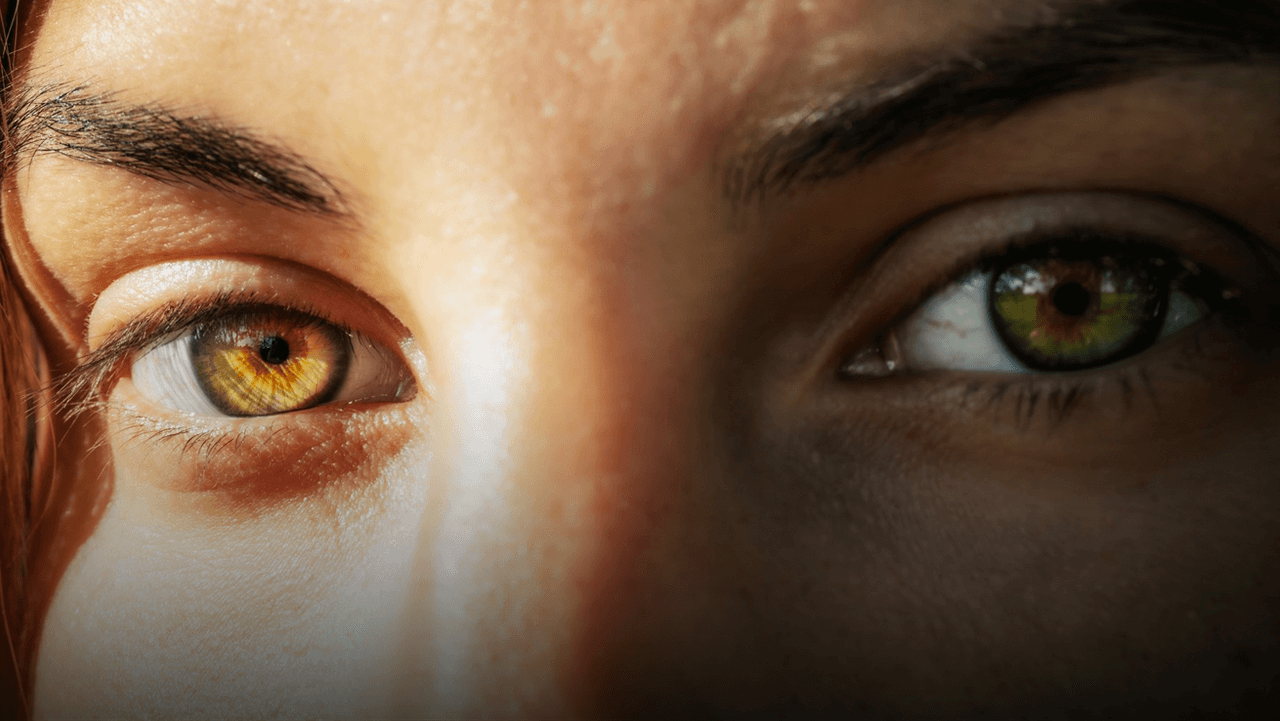Last updated: Thursday, October 30, 2025
Discover how reading in low light affects the health of your eyes. Learn how to read in low light with less effort and discomfort for better eyesight and general eye health. Find out if your eyesight suffers when reading in dim light. For the best possible care of your eyes, find out how to protect them and reduce eye strain when reading in dimly light environments.
Do you find yourself reading your preferred book in low light until late at night? Even though the people who sleep next to you might like it, you might be wondering if reading in a dimly lit room is unhealthy for your eyes.
Is Long-Term Eye Damage Caused by Reading in the Dark?
If you were a voracious reader as a child, your parents may have constantly cautioned you against reading at night. Your parents might have warned you to switch on the lamp while doing your schoolwork to prevent your vision from being damaged, even if you didn't read for pleasure. Even as an adult, you may still be afraid to read in the dark despite all of these cautions.
Luckily, these were all overly severe cautions. Harvard Medical School states that there is no scientific proof that reading in dim light results in long-term eye damage. That's not to argue that this approach is without drawbacks. You might have momentary eye strain if you read a book while curled up under a blanket and the pages are only dimly lit. When you quit reading in the dark, this strain on the eyes will go away.
What Is the Sign of Eye Strain?
You should be aware that reading in the dark will probably cause eyestrain. As the name suggests, eyestrain is the result of overusing your eyes. Because reading in dim lighting is far more difficult than reading in natural light, your eyes will grow fatigued and weaker for a while. Other symptoms accompany tired eyes. Your eyes may irritate and you may have a headache as early symptoms.
It could get harder to read as you go because of blurry eyesight if you keep reading in the dark. Light sensitivity may occur if you read in the dark before entering a brightly illuminated space. Although there is no risk to your permanent eye health from any of these symptoms, they are all bothersome and readily preventable.
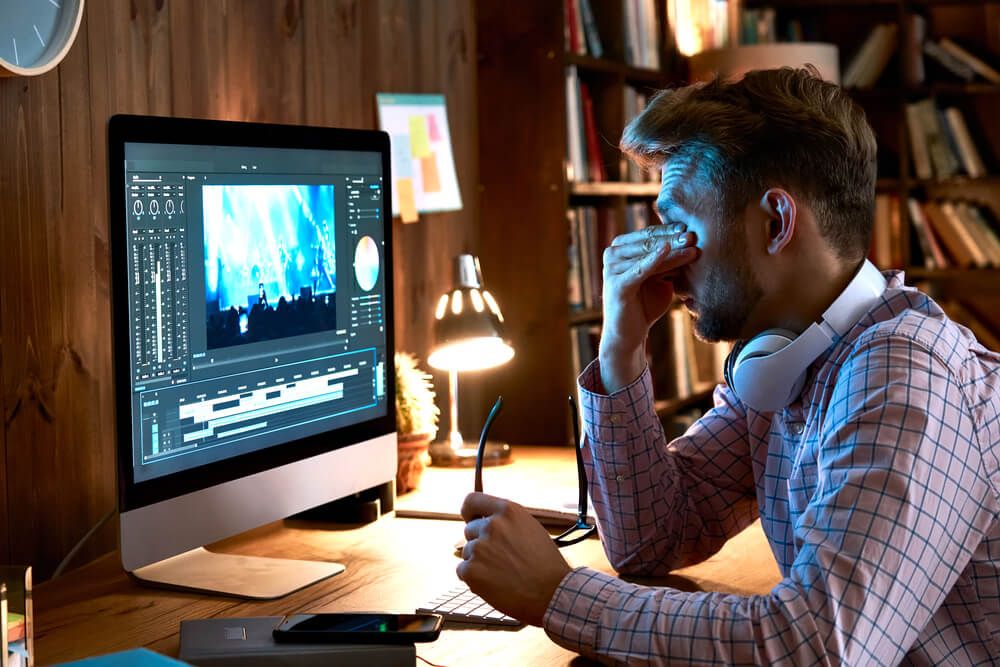
The Connection Between Eye Strain and Eye Damage
When your vision is permanently compromised, you have eye injury. Contrarily, eye strain is a temporary condition. It is a transient ache or discomfort brought on by reading in dim lighting, prolonged use of digital devices, driving, or close inspection of small print in low light.
Headaches, sensitivities, soreness, discomfort, and burning in the eyes can all be symptoms of eye strain. Additionally, while you are under eye strain, vision or sight may also momentarily be affected.
How Can You Soothe Your Eyes After Reading in the Dark?
Some of the previously described symptoms might become apparent after reading in the dim light. You'll probably stop seeing them once you stop reading in dim light. Another common side effect of reading in dim light and blinking less frequently each minute is dry eyes. This painful sensation does not permanently damage the structure or function of your eyes. Using without a prescription eye drops to lubricate your eyes can help relieve dry eyes.
You can take acetaminophen or ibuprofen medication if reading in the dim light is causing you to have a constant headache. There can be another issue if your eyes stay dry and you cannot relieve the feeling. You can consult with a board-certified optometrist at Northeastern Eye Institute, where they will conduct an eye exam and provide you with a precise evaluation to assist you find relief.
How About Using an iPad, Kindle, or Phone to Read in the Dark?
Because of the built-in light source, reading in the dark on a phone, or iPad may appear more practical to the untrained eye. Unfortunately, eye strain can also result from reading on an electronic gadget. The American Optometric Association claims that the contrast level of blue-light-producing gadgets is compromised since the letters are not as sharp as those in a book. Eye strain is the result.
Additionally, it is hard on the eyes to look at a bright display in dim lighting. Our eyes are forced to continually shift between the dazzling screen of a phone or iPad and a dim environment. As a result, computer vision syndrome—a distinct kind of eye strain—occurs. Furthermore, a few studies suggest that reading text from a blue-light gadget or engaging in other near-vision activities excessively may result in myopia or additional eye-related issues.
.jpg)
Which Type of Light Is Best for Reading?
Natural light is the ideal type to read in. Try to restrict your reading to days when the sun is out, if at all feasible. Put your reading chair or workstation next to a window so that the light from the outside can brighten your books.
Try to sit outside where the natural light of the sun can bathe you. If you intend to spend a lot of time outside, protect yourself from some of the sun's UV rays by donning sunglasses or prescription glasses with transition lenses. Since most modern windows block away some of the sun's UV rays, reading indoors in natural light should be safe.
Make sure you have good lighting if you wish to read at night. A desk lamp or standing lamp can offer sufficient lighting. Think about replacing any fluorescent light bulbs in any lamps in your house or place of business with LED bulbs. "Warm" light, produced by LED light bulbs, is gentler on the eyes. LED bulbs for lighting are more energy-efficient and typically more durable than their outdated fluorescent counterparts, so you'll also be helping your pocketbook.
What About Using Illuminated Screens?
It's possible that you have looked at your phone during the night without switching on a light, or you have watched TV in the dark. These activities don't have a long-term harmful impact on your eyesight, even though they might temporarily strain your eyes. In the dark, you can keep your mobile device close to your face or sit near the TV without having long-term problems. You might decide to refrain from engaging in these activities as they may aggravate the symptoms of eyestrain.
Think About Purchasing Blue-Light Glasses
If you use glasses daily, you might think about obtaining a prescription with blue-light lenses. The surplus high-energy blue light emitted by digital screens and fluorescent lighting is effectively filtered out with blue-light Longchamp glasses. You might stop or postpone the start of macular degeneration as you age if you wear them consistently. If you dislike wearing standard glasses, optometrists now provide blue-light contact lenses.
How to Prevent Eye Strain When Reading in Low Light
The simplest solution to prevent reading in the dim light is to turn on a light. However, there are additional things you may try to reduce eye strain:
- Consult a physician about blue light lenses if you read on a digital screen.
- If you're reading on a computer or smartphone, try setting the room's brightness to something close to your screen.
- Consult your optometrist about Randy Jackson reading glasses if you get eye strain when reading in any kind of light.
- Don't forget to blink. Lubricating the eyes helps lessen eye strain.
- As directed by your physician, apply lubricating eye drops.
- Schedule routine eye exams to ensure that your prescription is kept up to date.
- Conform to the 20-20-20 rule. Take a twenty-second break every 20 minutes to look at anything 20 feet away.
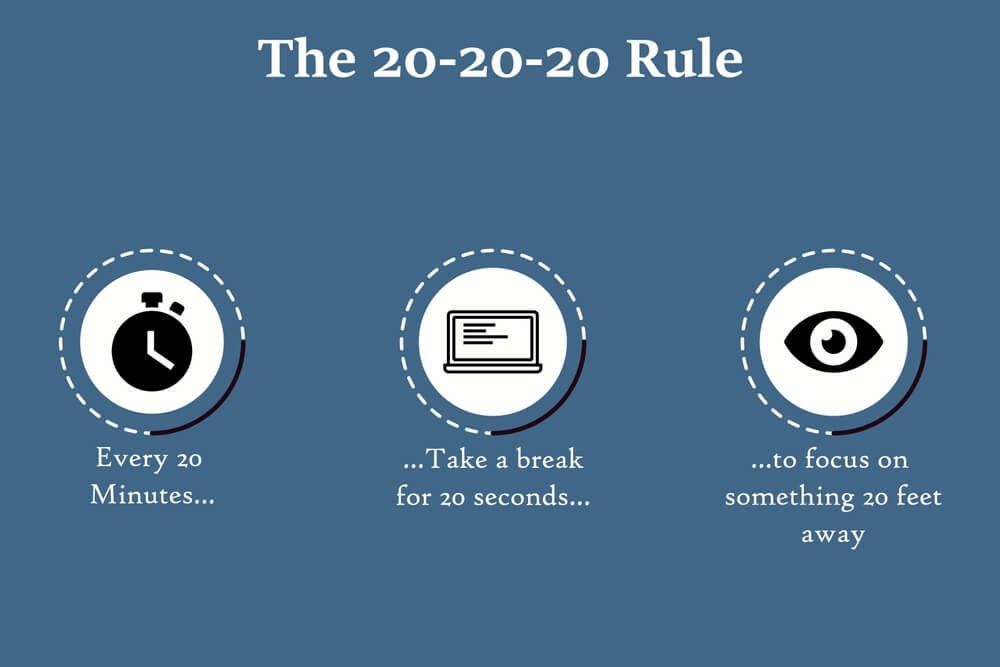
See Your Optometrist for Routine Checkups
Regular check-ups with your eye doctor are one of the most beneficial things you may do for the health of your eyes. To make sure your eyes are healthy, your optometrist will pay close attention to the signs and conduct a comprehensive eye exam.
Are You Trying to Find Reading Glasses?
Presbyopia is the name for the irritating, normal aging condition that makes it harder to see objects up close. Most people begin using readers when they are over 40, however, some people with astigmatism or farsightedness get their first pair of glasses in their twenties or thirties. The good news is that having to wear glasses does not mean you have to appear like your grandparents.
We provide a variety of reading glasses at Eyeweb.com to accommodate every taste. Here are a few of our customers' top selections:
NIKE 1001Y
Men's NIKE 1001Y eyeglasses are designed primarily with your comfort in mind. Given that glasses are a daily reading need, Nike has developed a pair that is comfortable to wear.
Kate Spade Eliana/G
The lovely Kate Spade Eliana/G for ladies is incredibly lightweight and comfy, and it has a polka dot pattern inside. A strong grip is provided by oval frames with an alternative fit design. Its robust stainless-steel construction ensures longevity as well.
Kate Spade Eliana/G in Black Color
Kate Spade Audri/G
Take a look at the Kate Spade Audri/G eyeglasses for ladies and discover your inner style fanatic. A glossy pink hue with styled ends that are upswept exudes glamor. Flat temples and flexible spring hinges ensure ideal comfort and fit.
Kate Spade Audrina/G In Pink Color
Final Words
When doing demanding visual tasks, like reading in low light, the eyes tire out faster than they should. Furthermore, if you have a history of visual disorders such as astigmatism or muscular imbalance, you are more likely to have eye strain.
It is advisable to stay on the side of precaution and take precautions to keep your eyes healthier for longer, even though specialists claim reading in low light is safe. There is no disputing the indirect evidence that persistent eye strain, particularly at an early age, accelerates the ocular muscles' deterioration.
So give up mistreating your eyes! Purchase a decent set of designer eyeglasses if you enjoy reading a digital book or looking through posts on Instagram at night.
